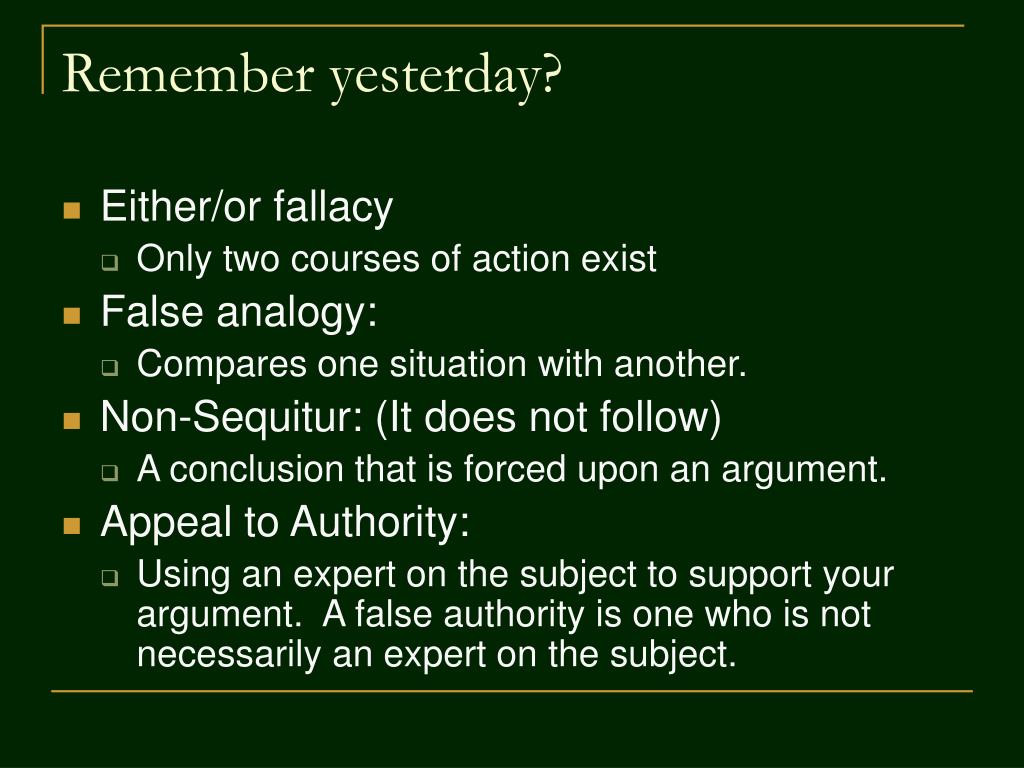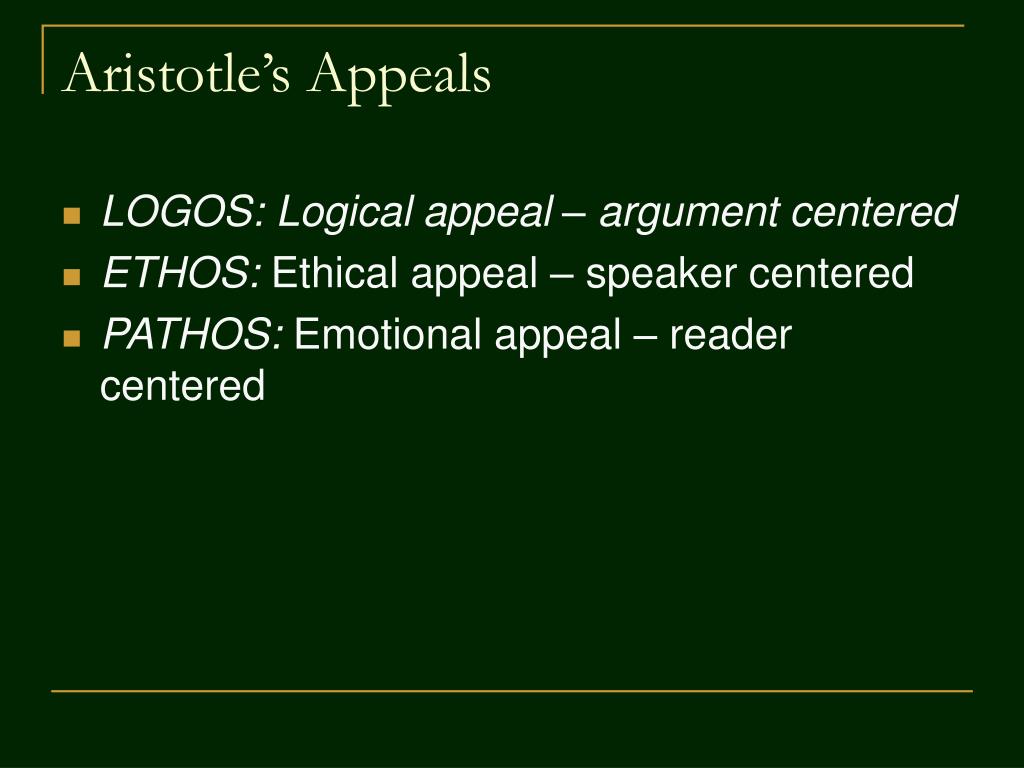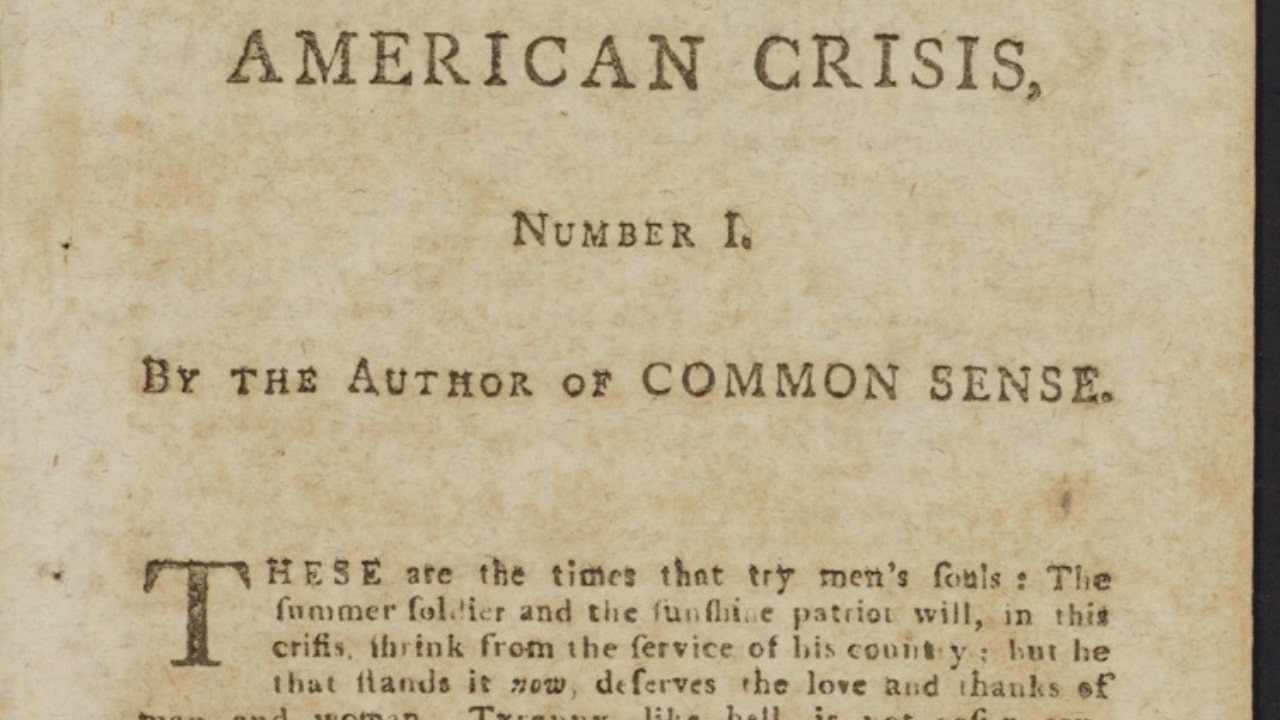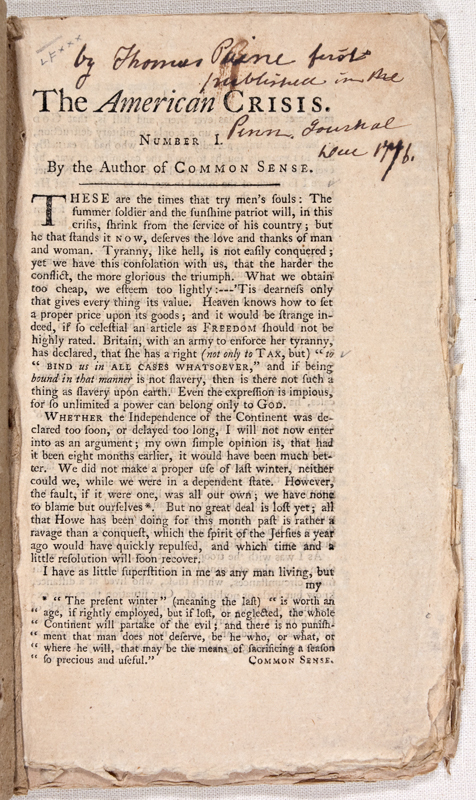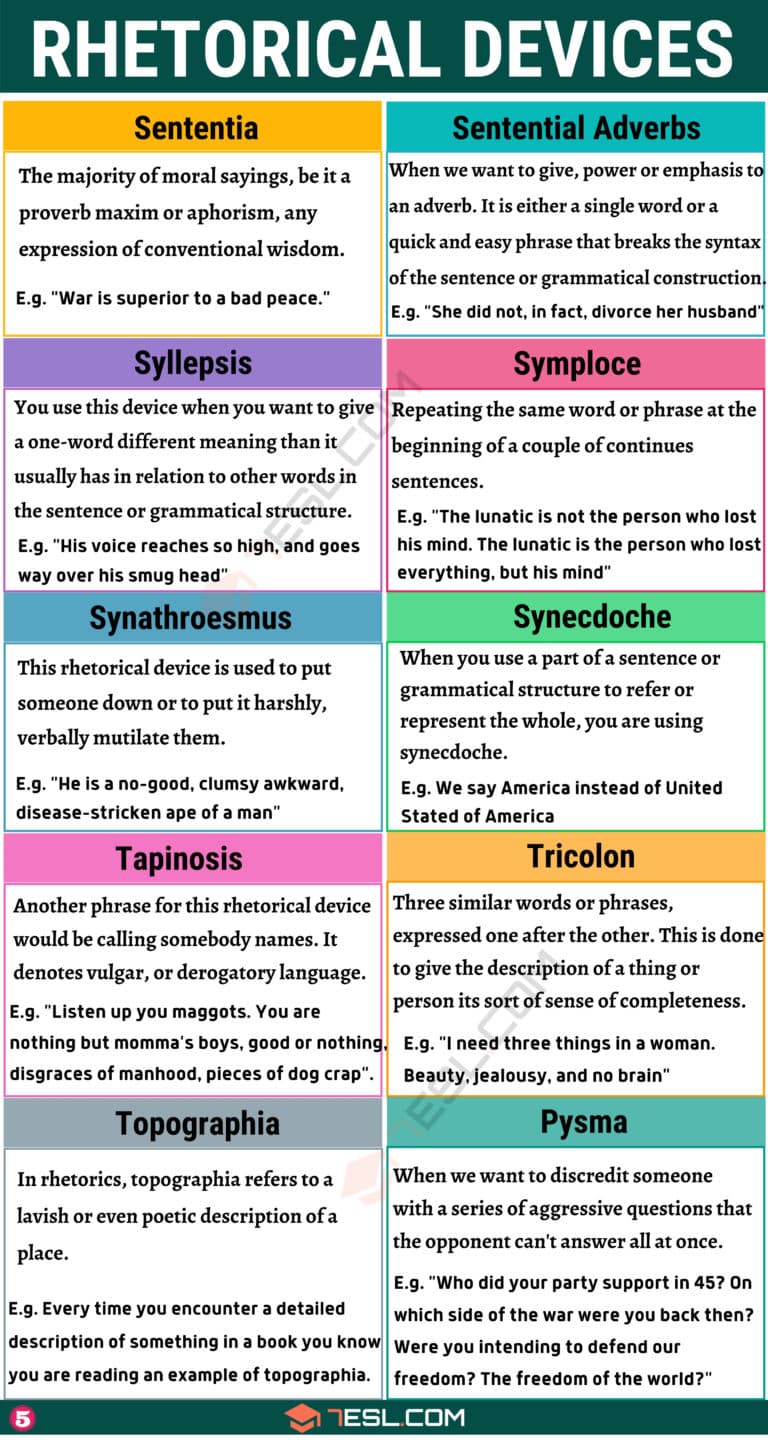Rhetorical Devices In The Crisis By Thomas Paine
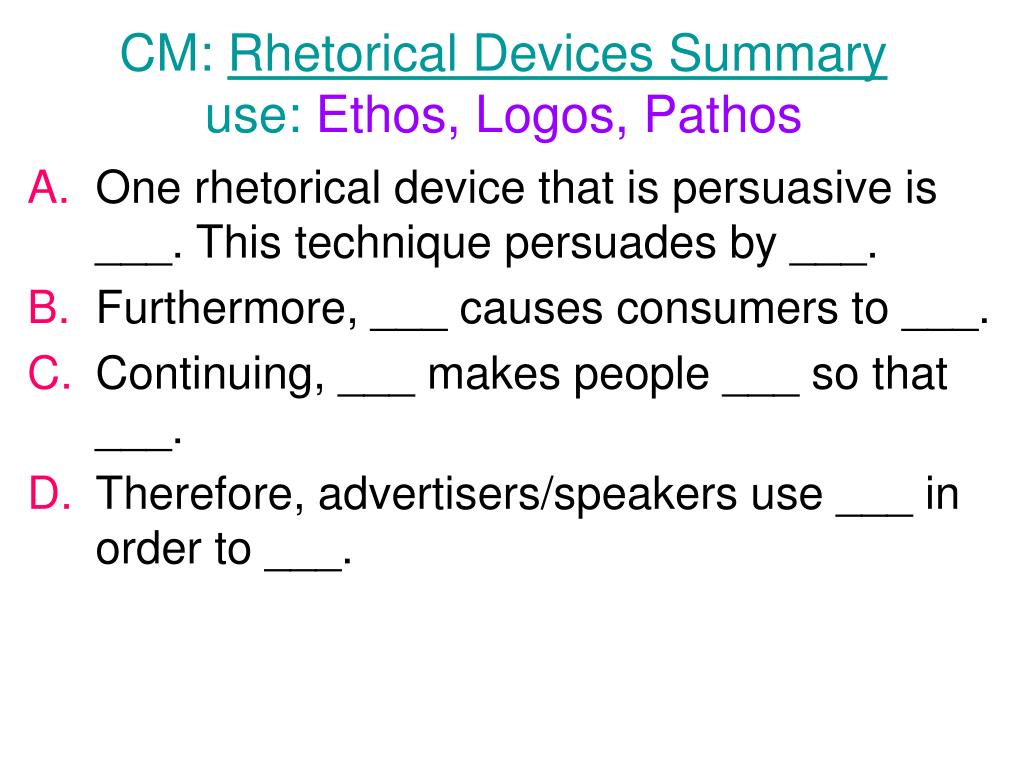
Ever feel like you're about to give up on something big? Like, REALLY big? Well, imagine trying to convince a whole nation to fight for independence! That's what Thomas Paine was up against when he wrote The Crisis.
Turning Up the Heat with Rhetoric
Paine wasn't just writing a grocery list of grievances. He was using rhetorical devices – fancy words for persuasive tricks – to fire up the colonists. He wanted them ready to rumble! Let’s peek at a few.
Metaphors: Painting a Picture with Words
Think of metaphors as secret code. Paine used them to compare abstract ideas to things people could easily understand. For instance, calling tyranny "hell" is way more impactful than just saying it's "not nice," right?
He wasn't literally saying the King was a demon from the underworld (although, maybe he thought it!). He used the fiery imagery of hell to convey the intense suffering and oppression.
Similes: Like, Totally a Comparison
Similes are metaphors' more straightforward cousins. They use "like" or "as" to make a comparison crystal clear. "These are the times that try men's souls," he famously wrote. It’s like saying, "This is as tough as it gets!"
He didn't say life was a literal obstacle course. He emphasized the exceptional challenges they were facing needed exceptional courage.
Analogy: Making Connections
An analogy is taking something you know and using it to explain something you don't. Like saying "Government is like a garden; you need to pull the weeds." See how you understand it much better?
Loaded Language: Words with Extra Baggage
Paine wasn't afraid to use words that packed a punch. Words with strong emotional associations can be super effective! Think of calling the British soldiers "murderers" versus simply "misguided individuals."
He chose words dripping with negative connotations to demonize the enemy and rally support. Talk about stirring the pot!
Rhetorical Questions: Making You Think
Ever been asked a question you weren't really supposed to answer? Like, "Are you going to let them get away with that?" That's a rhetorical question! Paine peppered his writing with them.
These questions aren't looking for a simple "yes" or "no". They're designed to make you reflect and nudge you towards a certain conclusion. "What is it we are fighting for?" Paine asks. Boom! Suddenly, you're contemplating the meaning of freedom.
Pathos: Playing on Your Emotions
Pathos is all about appealing to emotions. It's like watching a sad movie and suddenly needing a hug. Paine masterfully tugged at the heartstrings of his readers.
He wrote about the suffering of families, the injustice of the British rule, and the hope for a better future. He made people feel the urgency of the situation and inspired them to act.
Ethos: Building Credibility
Ethos is about establishing credibility. It's like trusting a doctor because they have a medical degree. Paine, though not a general or politician, built ethos by appealing to shared values and principles.
He presented himself as a reasonable and honest voice, arguing for the common good. This made people more likely to listen to what he had to say.
Logos: Using Logic and Reason
Logos is about using logic and reason to persuade. It's like presenting a well-researched argument with solid evidence. Paine didn't just rely on emotions; he also used logic to support his claims.
He argued that independence was the only rational course of action, considering the British government's actions. Using logic gave more weight to his emotional appeal.
So next time you're trying to convince someone of something, channel your inner Thomas Paine! Use a little metaphor, a dash of emotion, and a whole lot of passion. You might just change the world (or at least win an argument).

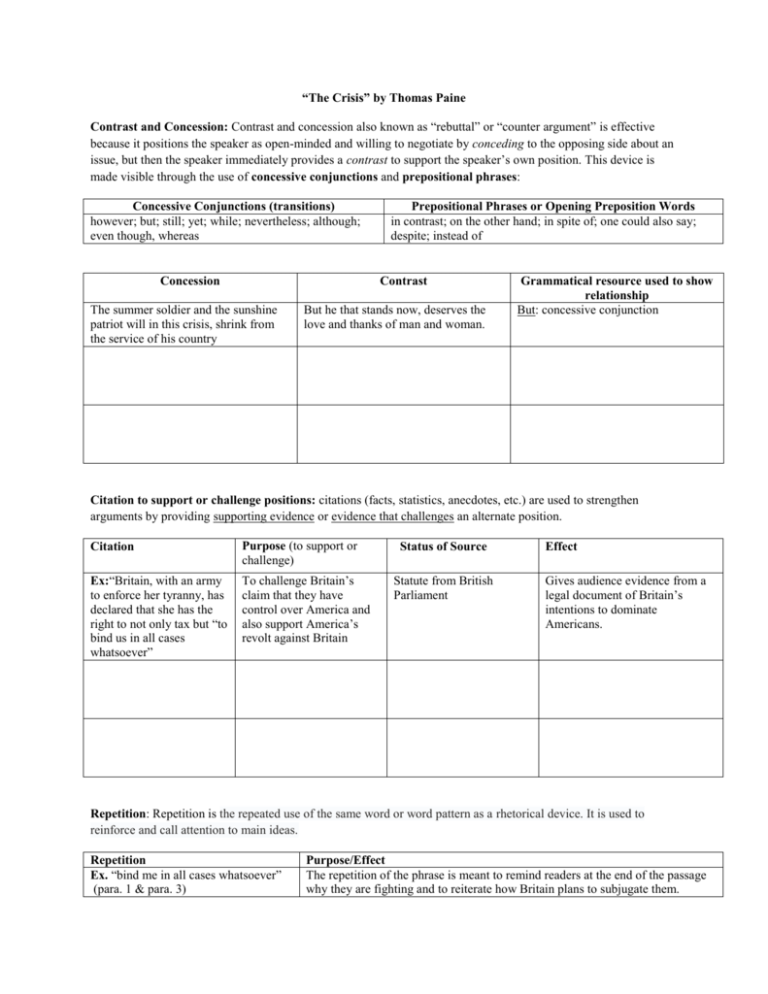

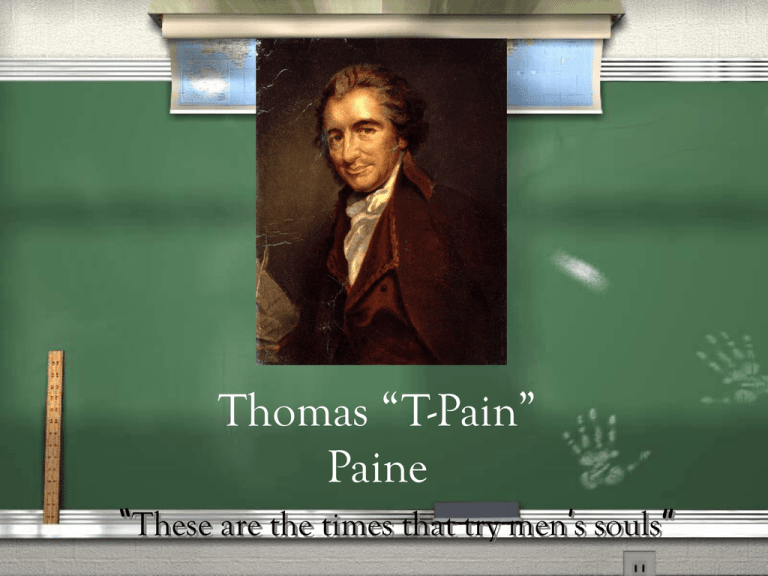
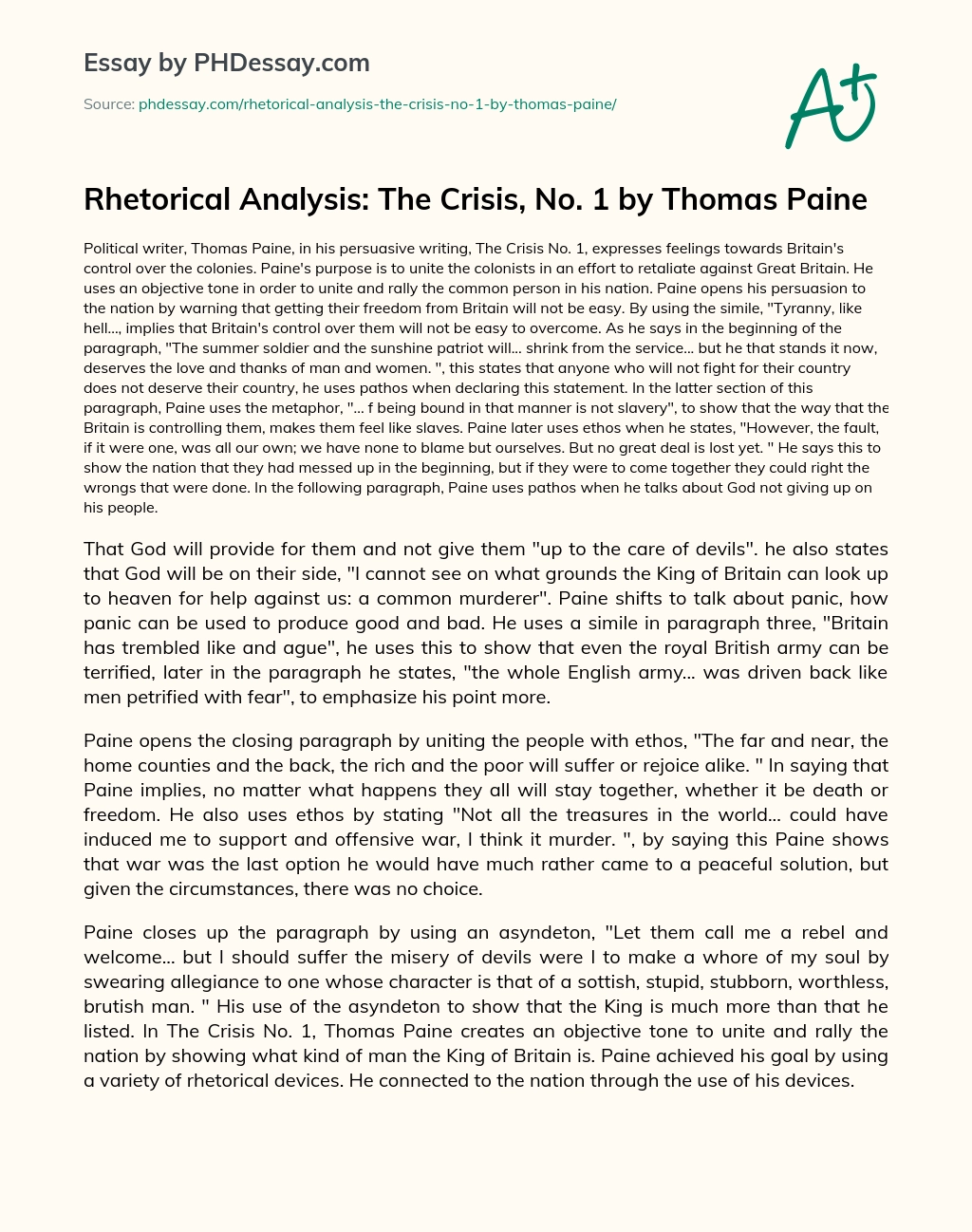
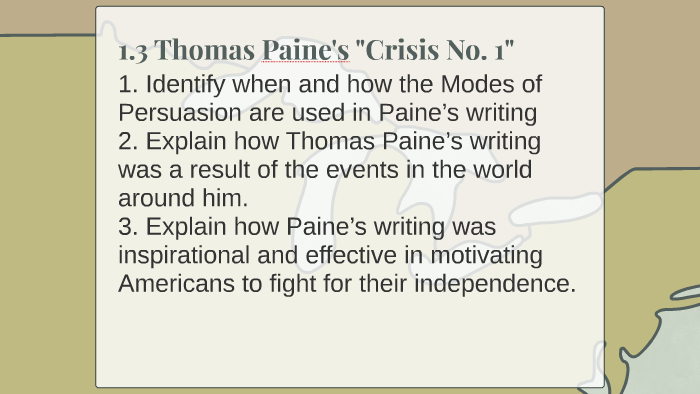


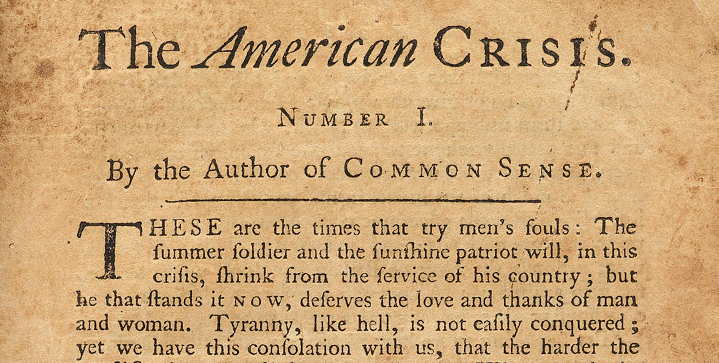
.jpg)
